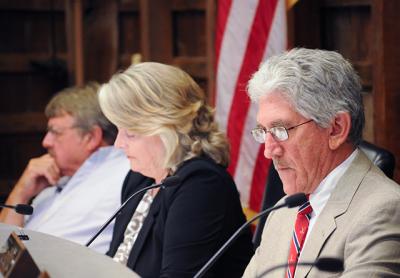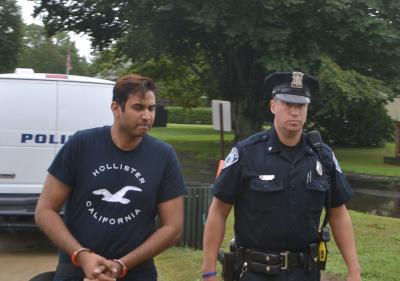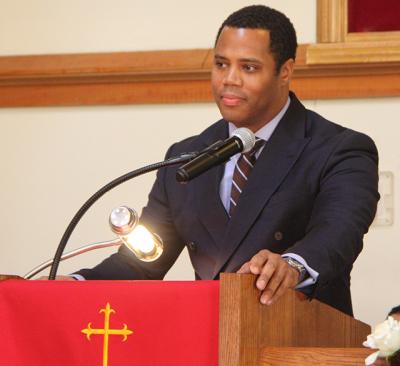Teens Lured by Montauk Radar Tower
Teens Lured by Montauk Radar Tower

Two separate groups of teenagers, 15 youths altogether, were arrested on Monday and charged with trespassing in the old Camp Hero radar tower at Montauk Point. “Must be something on social media,” one East Hampton Town police officer said later that day.
The first call was received at 8:37 a.m. from a state parks employee, who saw four boys and a girl coming out of the building and gave the police dispatcher a description of their car. An officer spotted it, headed west, on Amagansett Main Street shortly after 10 and pulled it over.
The parks worker was taken to the scene and identified the five. An officer explained to them that they would be charged with trespassing as a violation, which he said was the equivalent of a traffic ticket. A driver who happened by as they were waiting, handcuffed, to be taken to the station, overheard them laughing and joking about the incident. “I saw the bluffs. Whatever happens now, happens,” one of the boys said.
The five, all aged 18 or 19, drove here from Hicksville, according to the report.
At a little before 4 p.m. another call was received, and police rounded up 10 more teens at the tower, this time from Southampton, aged 16 to 18. Like the first group, they were released after being ticketed, and will be arraigned in East Hampton Town Justice Court at a future date.
The tower has long been a lure for thrill-seeking teenagers. Built during World War II, it is part of a much larger complex, with underground bunkers and concrete buildings still standing. Legend has it that it was part of a top-secret research program, “The Montauk Project,” rumored to include time travel.
All openings to the tower save an air vent are now sealed, but youths manage to slip through a hole in the chain-link fence and sneak in through the vent. The stairs inside are rotting away, and copper and asbestos debris is scattered about, locals say, but the climbers are undeterred.







